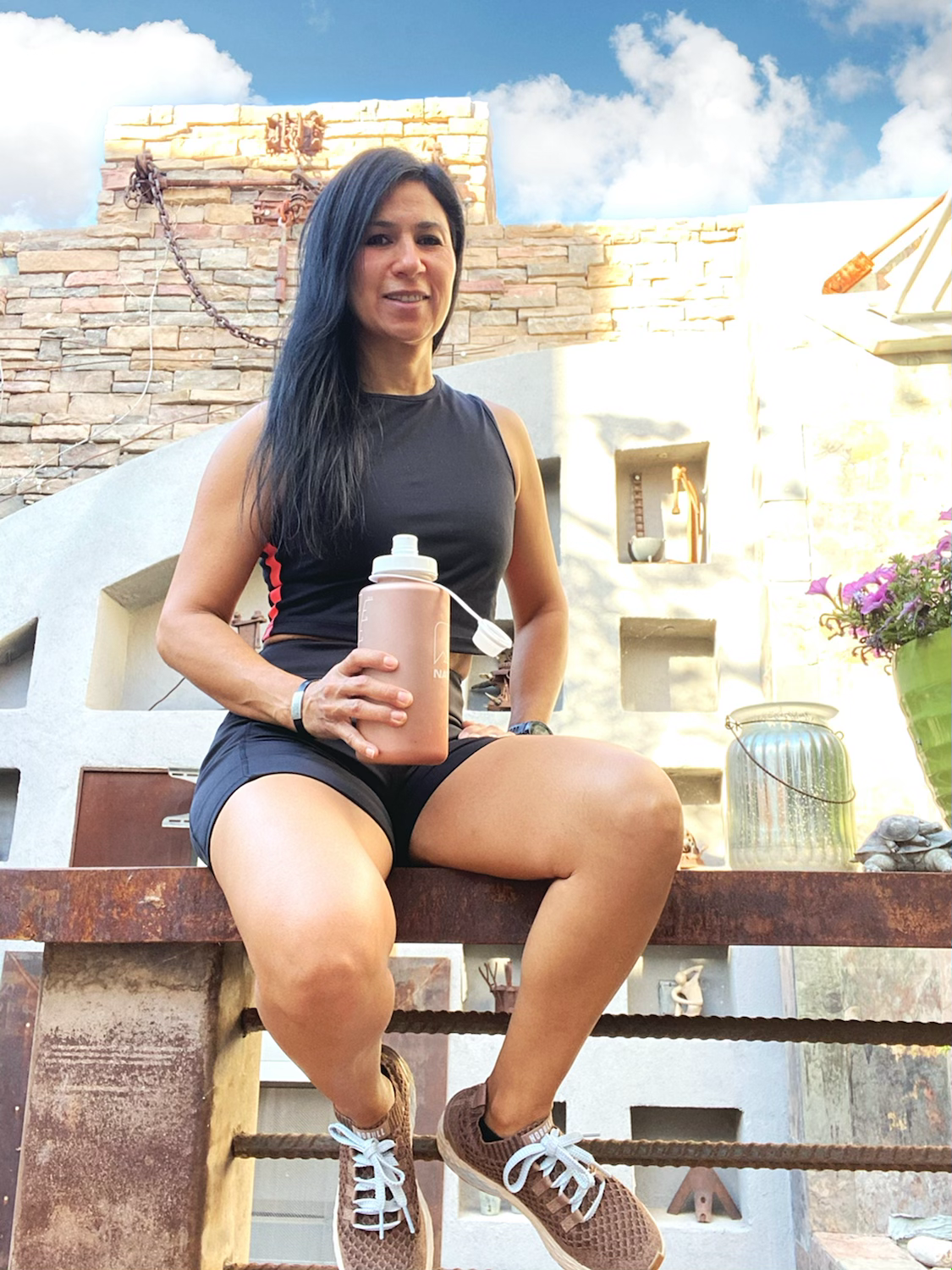Cycling Tips for Nutrition Before the Ride.
- anaarrietafit

- Apr 12, 2023
- 3 min read

Carb-loading has been in with endurance athletes for years, if not decades. That’s because carb-loading improves performance and stamina during long workouts. One of the best ways to assure your body is fueled for a long-distance bike ride is to eat a carb-dense meal the night before.
For cycling sessions shorter than 1.5 hours, it’s recommended to eat 7 to 12 grams of carbs for every kilogram of body mass 24 hours before cycling. Here are some great carbohydrate-rich foods to eat the night before your ride:
Quinoa
Oatmeal
Whole grain rice
Sweet potato
Experts say that protein and fats affect your energy levels marginally compared to the robust effect of carb-loading. But that doesn’t mean you shouldn’t have a serving of each pre-ride. Foods like avocado, coconut oil, and yogurt are excellent sources of healthy fats while eggs, fish, and nuts provide high amounts of protein.
Cycling Nutrition During the Ride
Too many cyclists overlook the need for carbs during the ride. After all, you can’t exactly take a bowl of pasta with you. But pasta is the wrong type of carbohydrate to be thinking about. Instead, you need quick-release carbswhile you’re cycling.
The amount of carbs you need to consume depends on the duration of your workout. For rides longer than 2.5 hours, 90 grams of carbs should be consumed during the ride as compared to the 30 grams or less you need for workouts of 30 minutes to 1 hour.
Brands like Science in Sport have created carbohydrate gels and carb-rich mouth rinses for a quick shot of energy during your ride. Keep in mind, though, that these solutions aren’t meant for long-distance. If you’re an endurance cyclist, here are the quick-release carbohydrate snacks you need to be stuffing into your mesh pockets:
Bananas (high in carbs)
Trail mix (high in healthy fats, protein, and concentrated carbs)
A peanut butter and jelly sandwich (high in protein, carbs, and healthy fats)
Cheese cubes (high in protein and healthy fats)
Another great snack for cyclists is the energy bar. If you’re searching for a gluten-free cycling snack, choose an energy bar like the Larabar. Or DIY your own cycling energy bars to create the perfect ratio of carbs to fats to protein for your dietary needs.
What to Eat After the Finish Line
You may have passed the finish line but that doesn’t mean your cycling nutrition journey is over. When you consume the right foods after your workout, the likelihood of injury decreases, muscle recovery speeds up, and nutrients will return to normal levels faster.
Cycling nutrition after the race should consist of a carb- and protein-dense meal. If you plan to exercise again in 8 hours or fewer, make sure to consume carbohydrates immediately after the race is over. Even if you do intend to take the next day off, consume 1 to 2 grams of carbs per kilogram of your weight every hour for the first 4 hours post-cycling.
Make sure to add in protein after you cycle since this will aid in muscle recovery. The longer your recovery period, the longer you can wait to consume protein. But if you plan to continue training soon after your ride, make sure to consume at least 20 grams of protein within 3 hours for optimal muscle recovery.
Your cycling workout is hard– but your nutrition plan doesn’t have to be. Follow this cycling nutrition guide to stay focused on the finish line today and energized to do it all again tomorrow.




Comments